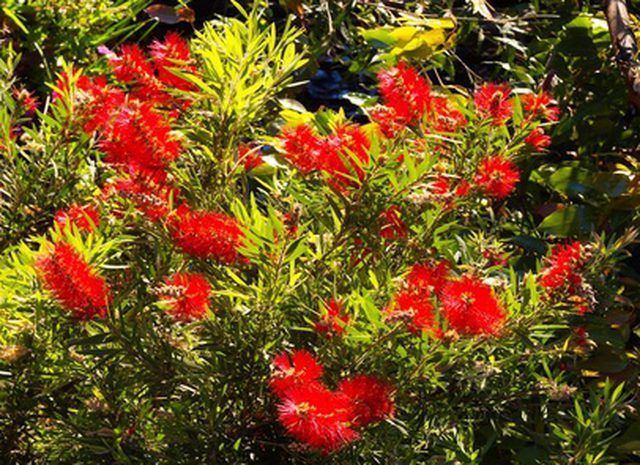Bulbs
Flower Basics
Flower Beds & Specialty Gardens
Flower Garden
Garden Furniture
Garden Gnomes
Garden Seeds
Garden Sheds
Garden Statues
Garden Tools & Supplies
Gardening Basics
Green & Organic
Groundcovers & Vines
Growing Annuals
Growing Basil
Growing Beans
Growing Berries
Growing Blueberries
Growing Cactus
Growing Corn
Growing Cotton
Growing Edibles
Growing Flowers
Growing Garlic
Growing Grapes
Growing Grass
Growing Herbs
Growing Jasmine
Growing Mint
Growing Mushrooms
Orchids
Growing Peanuts
Growing Perennials
Growing Plants
Growing Rosemary
Growing Roses
Growing Strawberries
Growing Sunflowers
Growing Thyme
Growing Tomatoes
Growing Tulips
Growing Vegetables
Herb Basics
Herb Garden
Indoor Growing
Landscaping Basics
Landscaping Patios
Landscaping Plants
Landscaping Shrubs
Landscaping Trees
Landscaping Walks & Pathways
Lawn Basics
Lawn Maintenance
Lawn Mowers
Lawn Ornaments
Lawn Planting
Lawn Tools
Outdoor Growing
Overall Landscape Planning
Pests, Weeds & Problems
Plant Basics
Rock Garden
Rose Garden
Shrubs
Soil
Specialty Gardens
Trees
Vegetable Garden
Yard Maintenance
How to Start Bottle Brush From Cuttings
How to Start Bottle Brush From Cuttings. Filling your garden with bristly brush-like blooms, the callistemon, commonly known as the “bottle brush plant,” is an excellent addition to any garden. These plants range in color from vibrant reds and pinks, to calming yellows, and they are found in gardens across the country. Bottle brush...

Filling your garden with bristly brush-like blooms, the callistemon, commonly known as the "bottle brush plant," is an excellent addition to any garden. These plants range in color from vibrant reds and pinks, to calming yellows, and they are found in gardens across the country. Bottle brush plants can be expensive if purchased directly from a nursery or greenhouse. By following these simple steps, you can start your own bottle brush plants from clippings and spread these bright-colored beauties around your garden.
Things You'll Need
Established bottle brush plant
Pruning shears
Peat moss
Sand
Rooting hormone gel
Container
Pencil
Take your desired amount of cuttings from an established bottle brush plant by using your pruning shears. Make all of your cuts on an angle and at the joint of the growth. Use caution when taking the clippings. Cutting too vigorously may damage the cuttings and the existing plant.
Fill a container with a peat moss and sand mixture, and set aside. Mix half sand and half peat moss. This loose mixture will allow for small roots to sprout comfortably. Purchase peat moss and sand at your local department store or garden specialty store.
Dip the ends of the cuttings in a rooting hormone gel. The rooting hormone gel provides the clippings with proper nutrients to begin sprouting roots. They can be purchased at a garden specialty store.
Create holes in the peat moss and sand mixture by using a pencil. The holes should be approximately 3 to 5 inches deep.
Insert the clippings you have treated with the hormone gel into the holes you have made in the peat moss and sand mixture. Fill around your clippings with the peat moss and sand mixture by using your finger.
Water until the peat moss and sand are moist. Maintain proper moisture content for the clippings in order for them to sprout. Over watering may "drown" the clippings and cause mold growth to occur. Clippings should sprout within six weeks.